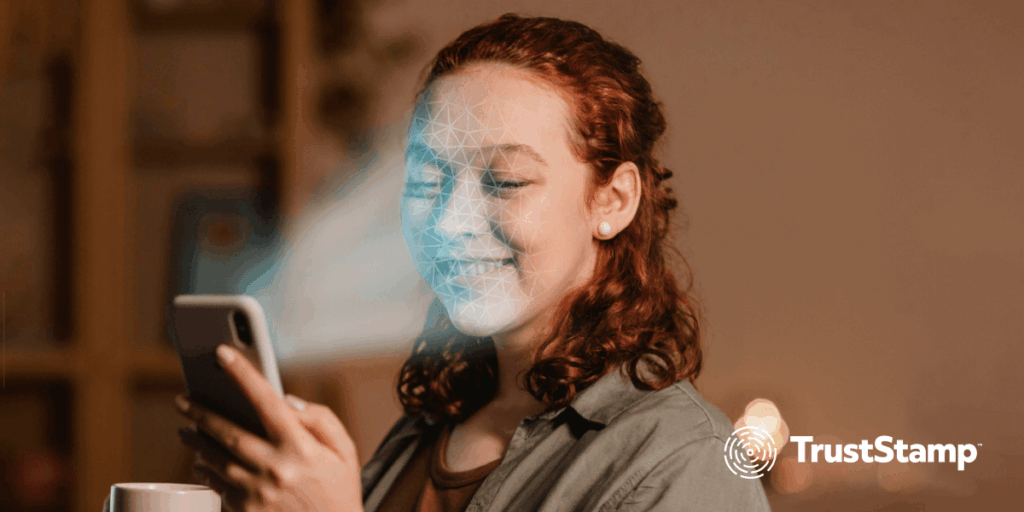Social media platforms have reshaped how we communicate, share experiences, and form relationships. While they offer numerous advantages and have bridged the gaps between cultures and distances, they also introduce certain risks. One of the most concerning risks revolves around age misrepresentation, particularly when older individuals disguise their age to interact with younger users. The repercussions of this deceptive act can be alarming, making age verification on these platforms more critical than ever.
In addition, age verification is pivotal in ensuring that individuals of the appropriate age access content, goods, and services that align with their maturity level.
As governments and regulators worldwide intensify their focus on protecting minors online, businesses that overlook the proper verification of users’ ages risk severe legal and reputational consequences.
This guide covers the fundamentals of age verification, its different methods, why it’s essential, the costs businesses face in implementing it, and how companies can address this growing concern.
The Problem: Age Deception
We have all heard stories of people fudging their age on social media, perhaps to
appear younger or access content restricted to older age groups. While this might seem harmless, age misrepresentation creates dangerous situations, especially for our youth.
The real danger arises when older individuals lie about their age to form connections with younger users, deliberately breaching the trust and security that should be inherent in age-restricted spaces. This facade allows them to build deceptive relationships and can lead to inappropriate conversations, grooming, or even more severe offline risks.
The issue of age misrepresentation on social media is not confined to older individuals alone. There is a growing trend of young users, especially teenagers, falsifying their age to gain access to content, goods, or services meant for adults. Whether driven by curiosity, peer pressure, or the allure of the ‘forbidden,’ these young users unknowingly expose themselves to age-inappropriate content, from explicit materials to online gambling or age-restricted purchases. This self-imposed vulnerability can have significant ramifications on their mental and emotional development. Moreover, they may inadvertently find themselves in adult-centric communities, becoming easy prey for those with malicious intentions. This highlights an equally urgent need for platforms to verify the authenticity of younger users claiming to be older, ensuring they’re shielded from content and interactions that are not age-appropriate.
What is Age Verification?
Age verification is a process designed to confirm an individual’s age before granting them access to age-restricted goods, services, or content.
The age verification process has become increasingly important, especially in industries such as e-commerce, gaming, and alcohol or tobacco sales. Businesses that fail to verify the age of their customers properly risk violating age-restriction laws, facing legal action, and damaging their reputation. Its purpose is to ensure that only those meeting the legal age requirement can access such content while shielding minors and vulnerable individuals from potential harm.
Methods of Age Verification
In navigating this landscape, businesses have at their disposal various age verification methods, including:
1. Age Gating
Age gating is a widely used technique in which businesses confirm users’ ages to control access to specific content, services, or products based on their age group. Commonly employed by online platforms like social media, gaming sites, and e-commerce websites, it often involves users inputting their birthdate or confirming their age through a checkbox.
Although age gating is a straightforward means of age verification, it has significant flaws. There is no confirmation beyond self-attestation, so users can easily provide false age information.
Despite these drawbacks, age gating remains a popular choice amongst companies as an easy means of age verification.
2. Government-Issued ID Document Verification
To verify an individual’s age, one standard method is to determine a user’s age based on a government-issued document such as a driver’s license or passport. Document verification can be conducted manually or with the assistance of Artificial Intelligence to extract age and identity information and assess the document’s legitimacy. This process can be executed independently or as part of a comprehensive identity authentication procedure encompassing facial recognition. Occasionally, the document’s validity can be cross-verified against a government database for further confirmation.
3. Age Estimation from Contemporaneous Selfie
A newer technology that can be used for determining a user’s age is Age Estimation from a Contemporaneous Selfie. Age estimation is typically performed by asking a user to take a contemporaneous selfie. Then machine learning algorithms analyze the photo to estimate an individual’s age bracket by examining the facial characteristics of an individual. By assessing features such as wrinkles, skin texture, and face contours, the technology references vast datasets to discern age-related patterns. However, lighting, photo clarity, and facial expressions can impact accuracy. Thus, age estimation technology is best applied in conjunction with other technologies, such as liveness detection.
Benefits of Age Verification for Businesses
Age verification offers numerous benefits to businesses beyond simply complying with regulations:
- Firstly, it enhances security by helping businesses ensure that only authorized users can access age-restricted content or services, reducing fraud risks and identity theft. This can lead to higher customer trust, increasing sales and customer loyalty.
- Secondly, it provides businesses with greater compliance in different jurisdictions, mitigating the risk of penalties, fines, and reputational damage. In some jurisdictions, businesses can be held liable for the actions of minors who access age-restricted content or services. By verifying the age of their customers, businesses can reduce the risk of these negative consequences.
- Thirdly, age verification can help businesses better understand their customer base by collecting age-related data. This data can be used to tailor products and services, improve marketing efforts, and ultimately increase revenue.
Some businesses may hesitate to implement age verification due to costs and implementation challenges, but the benefits far outweigh the potential drawbacks. Companies can protect their reputation, increase customer trust, and drive growth by proactively ensuring compliance and security.
Bottomline
Amid increasing regulatory scrutiny, age verification is a critical business process. Its significance is underscored by the potential consequences of non-compliance—imposing hefty fines and damaging business reputations. However, age verification isn’t just about following the rules; it also brings substantial benefits such as improved compliance, heightened security, and increased customer trust. Businesses need to prioritize the safety and regulatory compliance of their users while also protecting their legal and financial interests.
Contact us to learn more about Trust Stamp’s Biometric Identity Verification and Age Estimation tools and how they enable your business to improve user safety and platform security without compromising user experience.

